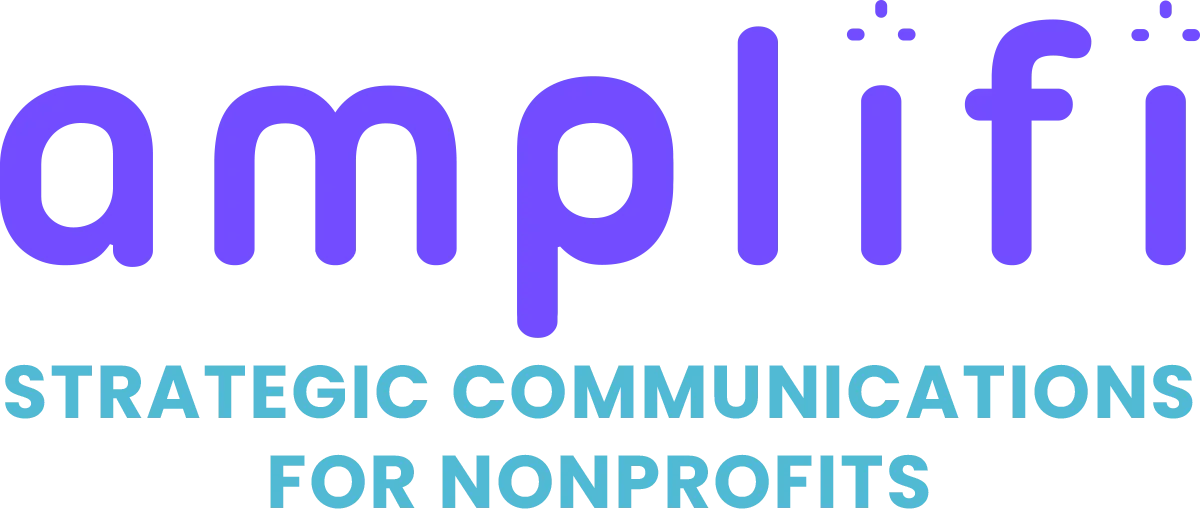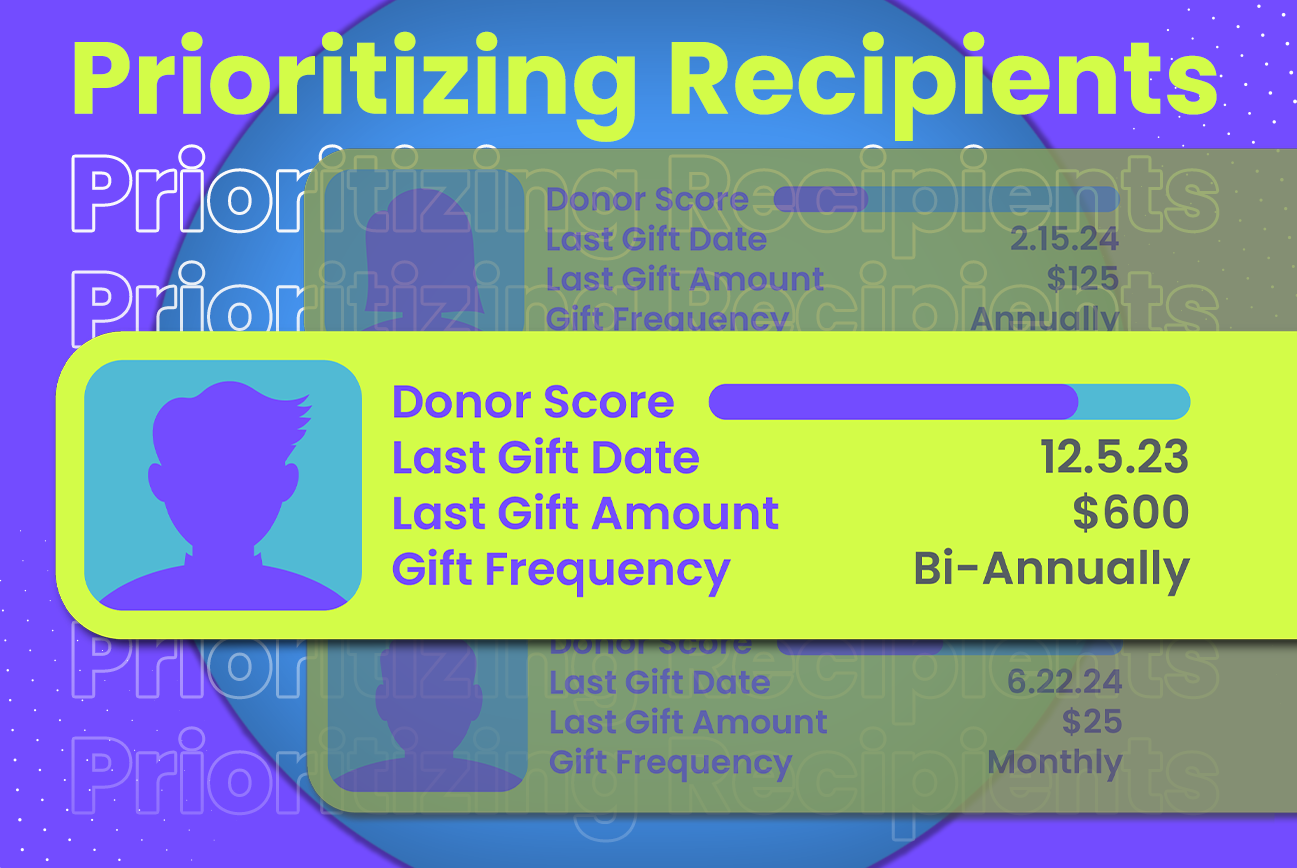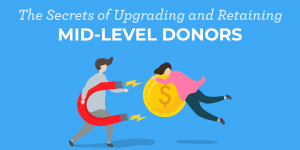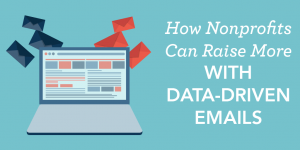It’s no secret. Successful fundraising campaigns involve prioritizing donors to reach the right supporters with the right message that inspires someone to make a difference.
But determining who those donors are isn’t always easy.
Sending everything to everyone is not the answer. In fact, a bloated mailing list raises print and mailing costs and can pull down the ROI of your appeal.
Remember, not everyone needs to hear the same message. And those that do may want to receive them in different ways. So, you’ll need to examine your donor data and make strategic decisions to improve your aim and prioritize donors who are most likely to respond.
Who should you target?
It’s time to dig into your data and prioritize your communications.
There are limitless ways you can use your data to learn more about your audience. But you should look closely at how recently someone gave, how consistently they donate, how long they’ve supported you, and how they engage with your nonprofit.
So, let’s break each of these down a little further.

Recency.
Depending on who you ask, active donors can be described as those who gave within the last 12, 18, or 24 months. At amplifi, we use the 12-month metric but feel free to choose what works best for your audience.
Donors who gave within the past 6 months are up to 3-4 times more likely to give again compared to donors whose last gift was over a year ago, according to virtuous.
If you’re like us and use the 12-month metric for active donors, you can consider anyone whose last gift was 13-23 months ago at risk of lapsing, and those who last gave 24 to 36 months ago as lapsed.
These donors may be unlikely to give again without an extra push. So, send them a special version of your appeal that speaks about what you’ve accomplished since they last donated. And let them know you could still use their support.
Finally, your lowest priority when considering recency will be donors who last gave over 3 years ago. These donors are the least likely to give. So, you should look at other traits you can combine with recency to determine which of these donors should receive your messages and which can be suppressed.
LEARN MORE: Can you be more strategic with your mailing list?

Consistency.
How often someone gives can be an even stronger indicator of someone’s willingness to extend their support than when they last donated. So, take that segment of active supporters and use your data to determine how many times someone donated during that 15 or 12-month period.
Do you have a monthly giving program?
Well, then you’ll find many donors give 12 or more times a year. And this group should receive messages that acknowledge their monthly donor status.
However, you may want to assign a higher priority to donors who give multiple times a year. These donors consistently support your organization on their own. They may be looking for ways to do more for the cause. So, make sure you let them know about every opportunity! And consider building touch points that encourage them to join your monthly giving program.
On the flip side, donors who give just once a year are probably content with giving to the same appeal each year. Dig into your data to see if these once-a-year donors usually give to your year-end appeal in December. If this is the case, you know how they prefer to support your nonprofit and can assign them a lower priority for non-year-end communications.
LEARN MORE: Are you ready to launch a monthly giving program?

Longevity.
You don’t need us to tell you that someone who has consistently supported your nonprofit year after year feels a stronger connection to your organization than a first-time donor. So, digging into your data and determining how long a donor has supported you will help you prioritize who will most likely respond.
This one is straightforward. Assign the highest priority to donors who have been supporting you the longest. You’ve spent considerable time building relationships with these donors. And they’re likely eager to do more to support you and advance your mission.
In our experience, someone who gave for 10 years but didn’t give the last three is more likely to give than someone who gave once two years ago.
The more data you have stored and collected, the easier your job will be. If you don’t have the systems in place to see who has given consecutively for years, that’s OK! You can still look at a donor’s first and last gift dates to determine how long they have been giving to your organization.
LEARN MORE: When communications flow, relationships grow!
Engagement.
This metric can be a little trickier to track. But it’s critical to understand how involved someone wants to be with your mission and work. Engagement precedes action and usually goes beyond giving history, so you’ll need to be diligent in tracking the other ways your audience shows their support.
You can develop a system to track who regularly comments on your social media posts and determine your most engaged followers. This is similar to using email scoring to track how supporters engage with your email outreach. And while these strategies may not be common among nonprofits, they can help you paint a better picture of who your most engaged supporters are.
Do you feel like something was “missing” from this blog? Well, we intentionally did not include “largest gift” when it comes to prioritizing donors. And that’s because we do not see a correlation between a donor’s largest gift and their likelihood to respond. However, it is a good metric for major gifts officers who are concerned with a donor’s giving capacity.
LEARN MORE: 3 keys to keep donors engaged in 2025.
Going a step further.
Your work isn’t done once you’ve determined which members of your audience are your highest priority. You can try mixing and matching donor priorities to create more refined filters.
Let’s use a monthly giving appeal as an example. As mentioned earlier, you’ll want to prioritize donors who give multiple times a year. These donors are already used to making several donations each year, so enrolling in a recurring giving program makes a lot of sense.
You can take prioritization to the next level by taking donors who fit the criteria and breaking it down further. For example, you might prioritize donors who have given a few times a year for multiple years over someone who made their first two donations earlier in the year.
Remember, not everyone needs to receive every message.
Excluding lower-priority donors from certain communications can yield better and more accurate results. So, consider your budget, which donors are prioritized, and how to reduce the quantity of your direct mail accordingly.
Need more help prioritizing your communications? Click here!









